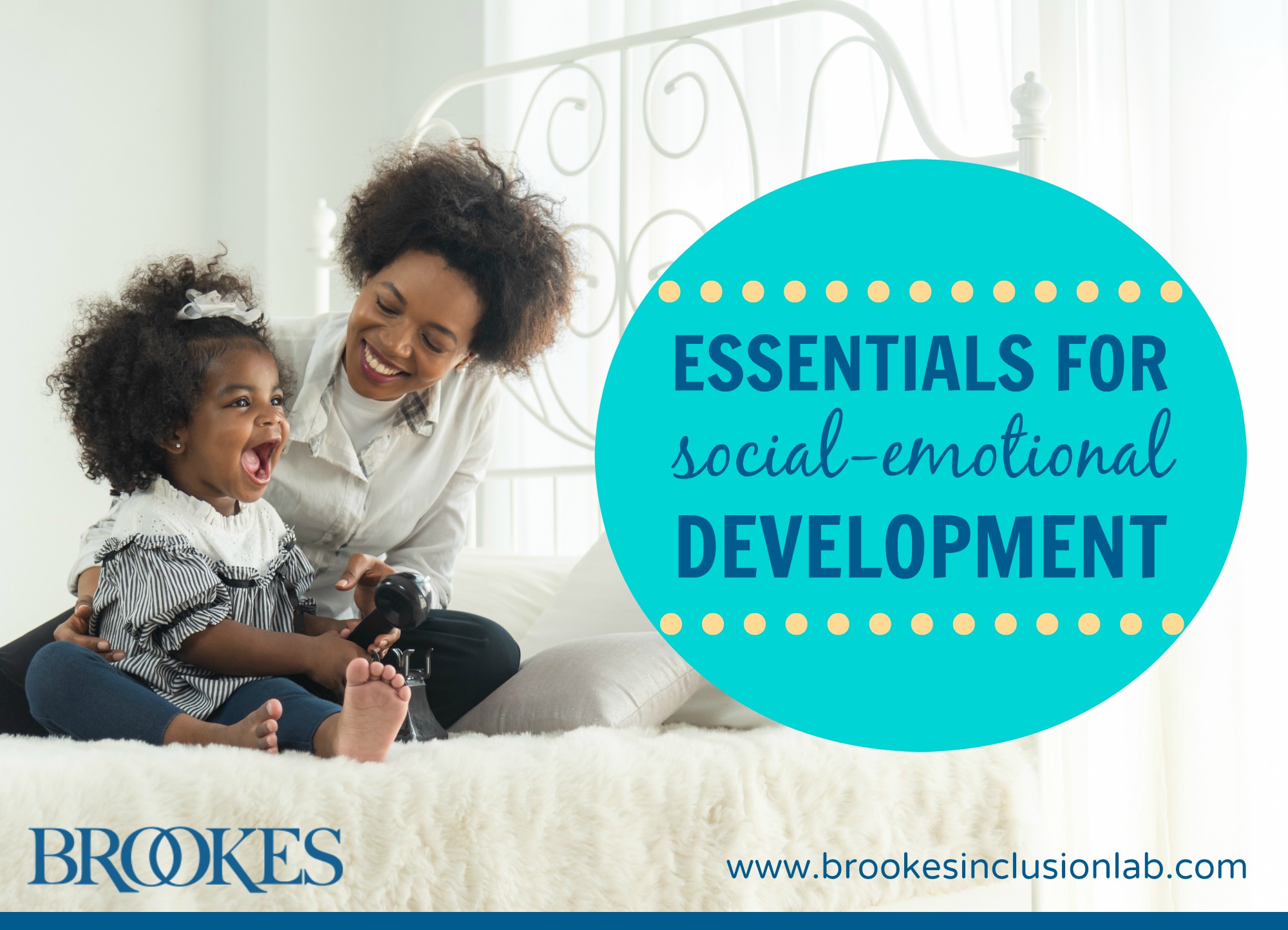10 Fun Indoor Activities that Boost Young Children’s Development
January 19, 2023
This time of year can be rough, especially if you have young children at home and live in a climate where cold weather keeps them indoors many days. In today’s post—excerpted and adapted from the parent activities in the and the ASQ®:SE-2 User’s Guide—we’re offering 10 indoor activities that help boost key areas of development while you’re having fun with young children. These activities are most appropriate for three- and four-year-olds, but they can easily be used or adapted for older kids who might enjoy them, too.
Twirl Around
Developmental Areas: Gross Motor, Fine Motor
Make long scarves out of fabric scraps, old dresses, or old shirts by tearing or cutting pieces. Use material that is lightweight. Show your child how to hold on to the edge of the scarf as they and twirl, run, and jump around.
Playhouse Playtime
Developmental Areas: Social-Emotional, Communication
Build a store, house, puppet stage, or fire truck out of old boxes. (If you don’t have any boxes readily available, this article lists 8 places where you can scout them out for free.) Your child can invite a friend over to play store or house, have a puppet show, or pretend to be firefighters.
Circle All Around
Developmental Areas: Communication, Problem Solving
Cut out some large paper circles and show them to your child. Talk with your child about things in their world that are “round” (a ball, the moon, etc.) Cut the circle in half and ask your child if they can make it round again. Next, cut the circle into three pieces, four pieces, and so forth, and see if your child can put the “puzzle” back together. (Want more easy ways to teach early math concepts at home? Read this post: Math All Day: 14 Ways to Teach Young Children Math Skills During Daily Routines.)
Welcome to My Shoe Store
Developmental Areas: Personal-Social, Fine Motor
Pretend to open a shoe store. Use old shoes, paper, pencils, and a chair to sit down and try on shoes. First, you can be the customer and your child can be the store owner. Encourage your child to “write” your order down and help you find a pair of shoes that fits. Then your child can take a turn being the customer and practice trying on and buying shoes.
Numbers to Know
Developmental Areas: Communication
Talk about the number 3. Read stories that have 3 in them (The Three Billy Goats Gruff, Three Little Pigs, The Three Bears). Encourage your child to count to 3 using similar objects (rocks, cards, blocks). Talk about what it’s like to be 3 years old. After your child gets the idea, move up to the numbers 4, 5, and so forth, as long as your child is interested.
Playdough Person
Developmental Areas: Fine Motor, Personal-Social
Make a person with playdough or clay using sticks, buttons, toothpicks, beads, and other items. (Be careful with small items around small children.) Start with a playdough (or clay) head and body and use the objects for arms, legs, and eyes. Ask your child questions about their person: What is their name? What do they like and dislike?
Right and Wrong
Developmental Areas: Social-Emotional, Communication
Tell your child a favorite nursery rhyme or read a book together that involves the idea of “right” and “wrong.” Discuss what kinds of choices the characters made in the story and why. (Want more ideas on nurturing social-emotional development? Read this post: 11 Simple Things You Can Do To Support Young Children’s Social-Emotional Skills.)
Memory Matching
Developmental Areas: Problem Solving
Make a simple concentration game with two or three pairs of duplicate playing cards (two king of hearts cards), or make your own cards out of duplicate pictures or magazine ads. Start with two or three pairs of cards. Turn them face down and mix them up. Let your child turn two cards over to see if they match. If they don’t, turn the cards face down so they can try again. You can gradually introduce more pairs of cards to make the game more challenging.
What’s Your Name?
Developmental Areas: Communication
Write your child’s name often. When your child finishes drawing a picture, be sure to put their name on it and say the letters as you write them down. If your child is interested, encourage them to name and/or copy the letters. Point out the letters in your child’s name throughout the day on cereal boxes, signs, and books. (For more ideas on supporting early communication, read this post: 14 Tips for Nurturing Young Children’s Communication & Language Skills.)
Different Cultures
Developmental Areas: Social-Emotional
Show your child pictures in magazines of people from different cultures. Talk about things that are the same and different between your family and other families. (If you’re looking for recommendations for great kids’ books that feature diversity, check out this post on diverse books and materials.)
Use these fun activities to bond with young children this winter and enhance their development in key areas, too! Share today’s post with the parents you know, and feel free to recommend your own favorite winter activity in the comments below.
P.S. Don’t forget that activities should be supervised at all times by an adult. Any material, food, or toy given to a young child should be reviewed for safety.







Write a Comment
Your email address will not be published. Required fields are marked *
Post a Comment